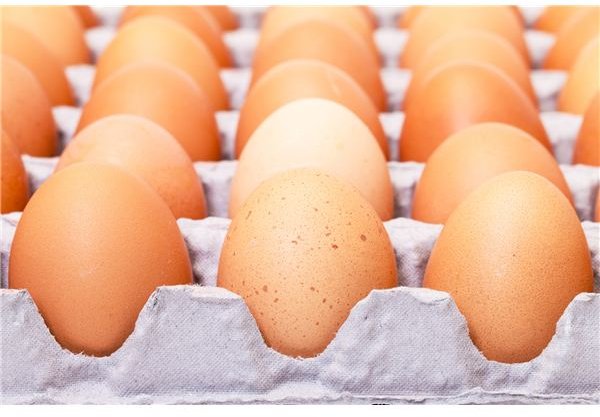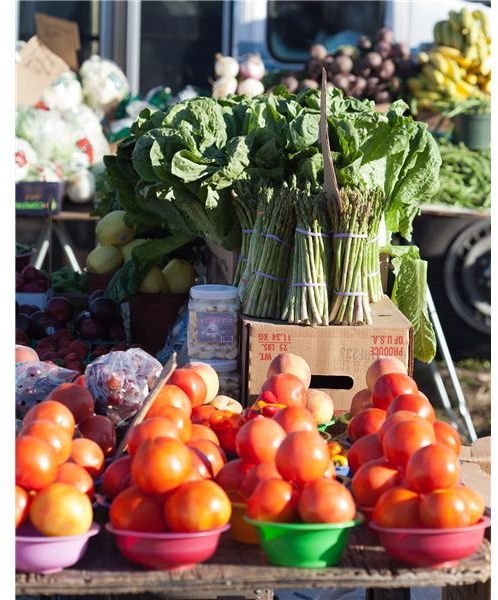Real Food Movement & the Meaning of Food Labels: Where did the Idea of "Real Food" Come From?
The Meanings Behind Common Food Labels
Below is a brief lesson on today’s eating crazes, as well as what actually matters in the pursuit of real food amidst an abundance of marketing messages.
- “Clean Label”
This definition is based on observation. Consumers look at labels and ask, “Can I identify these ingredients?” For instance, a potato chip made strictly from water, salt, and potatoes would pass, but not one that contains cumbersome, unpronounceable items like hydrogenated oils and additives.
- “Organic”
This means a food is grown in safe soil with no modifications. In other words, no synthetic pesticides or petroleum-based fertilizers were used. Some extremists argue that even these standards wouldn’t produce foods that qualify as “organic,” since they’re often processed and mixed with other ingredients.
- “All-Natural”
The FDA actually has no regulation on what this term really means, so consumers should take this with a grain of salt. Think about it: If you have everything in natural soil with non-genetically modified seed, but you’re using a grow light and fortified waters, is it still “natural”? Besides how food is grown, so-called “natural” foods can still contain a wide range of processed sweeteners, “natural” flavors, and preservatives.
- “Cage-Free”

This term elicits mental images of chicken, pigs, and cattle roaming green pastures, doing as they please, and living happy lives before they hit the slaughterhouse. But this term can be misleading. “Cage-free” eggs, for example, are often laid by chickens that don’t have access to the outdoors.
- “Free-Range”
Under U.S. Department of Agriculture regulations, this term applies only to poultry raised for meat. It means that the animals have been allowed some access to the outdoors, but there is no requirement regarding how much time this is or the quality or size of the outdoor area.
- “GMO-Free”
Genetically modified organisms are plants and animals whose DNA has been altered. “GMO-free” foods cannot use these ingredients, although you’d be hard-pressed to find commodity ingredients (like corn) that have not been modified in some way. This is a hotly debated topic right now because GMOs are so prevalent in the ingredients that go into most packaged goods.
The Voice of the ‘Food Elite’
All of these messages on food labels make up the vague definition of what the food elite consider “real food.” But who are the food elite?
In my opinion, the food elite are those who have the freedom to buy and eat whatever they please, thanks to their position in a higher socioeconomic bracket. There’s no fear of starving or malnourishment. They don’t live in food deserts or places that lack fresh food. They jump in their car, drive to a market, and stock their cart with fresh fruits, organic vegetables, and cage-free animal proteins without ever looking at a price tag.
These people are blessed to have this luxury, as it is not the norm in many parts of the world (or even of this country). Oftentimes, however, these people are the loudest in their opinions of what constitutes “real food,” despite the subjective nature of what this actually means. Some of them have grand opinions about what we should or shouldn’t be producing, failing to consider those who do live in food deserts who are unable to even acquire fresh produce.
To Each His Own
Creating awareness around clean labels and the idea of real food is a great thing. Regardless of where individuals draw the line, we’ll collectively feel better about what we put in our bodies and feed our families. At the same time, it’s no one’s right to villainize the rest of the food-processing world for being able to feed a population that can’t afford organic food (and often, can barely afford enough food at all).
Is ‘Real’ Really Better?

Whether “real food” is more nutritious is debatable. For instance, fortified orange juice might be better for children who require larger amounts of certain vitamins and minerals, but fresh-squeezed, organic juice might be better for adults who don’t want to risk the slightest amount of pesticide residue. What really matters is that people understand their specific dietary needs and determine what is right for them on a personal level.
At the end of the day, an orange is just an orange; it’s a naturally occurring thing, it’s pronounceable, and it’s healthy. On the other hand, potato chips with 16 unpronounceable ingredients are probably not healthy. Finding what you consider “real food” comes down to educating yourself on what you value, while keeping in mind that other people may have different priorities.
About the Author: For nearly 30 years, Doug Austin has been studying the “art of observation” and filtering out the human truths. Whether digging for key customer/consumer insights or preparing the next national retail promotion, it’s all about the ability to “hear and see” what others may not and asking the hard questions that get us to the possibilities. Austin is the SVP of Growth & Innovation and leads product and brand innovation sessions for Marlin Network.
References
- FDA Definition of “Natural” http://www.fda.gov/aboutfda/transparency/basics/ucm214868.htm
- How to Read Egg Carton Labels http://www.humanesociety.org/issues/confinement_farm/facts/guide_egg_labels.html
- Hunger in America http://feedingamerica.org/hunger-in-america.aspx
- Free Range http://www.mayoclinic.org/healthy-living/nutrition-and-healthy-eating/in-depth/free-range/art-20049386?footprints=mine
- Definition of Organic: http://www.helpguide.org/life/organic_foods_pesticides_gmo.htm
